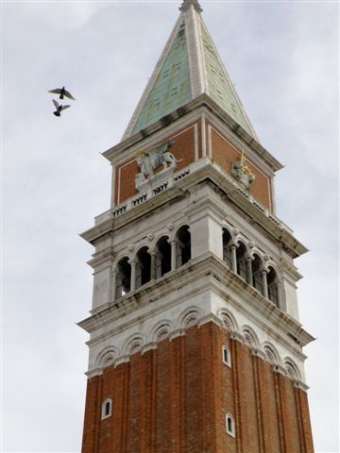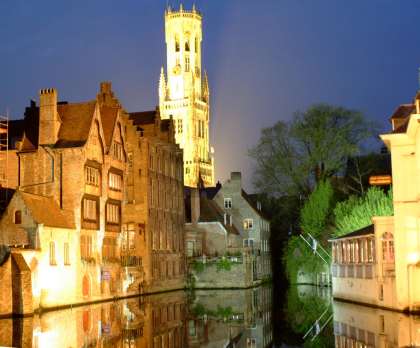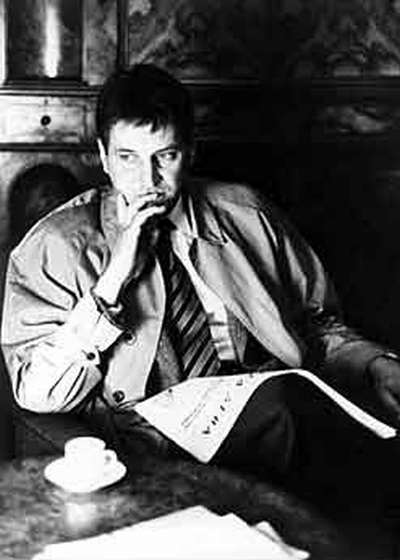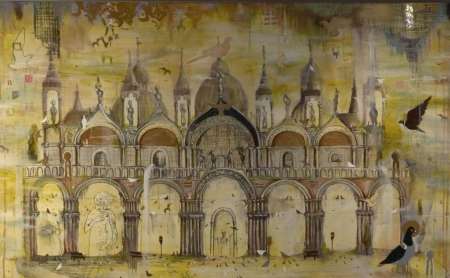
Vincent van Gogh’s letters – principally addressed to his brother Theo – but also to fellow artists, friends and relatives are unquestionably one of the most articulated, rich and revealing harvest of an artist’s thoughts, feelings and emotions. This quite abundant documentation (819, of which 658 are to his brother Theo and a further 96 to others) referring to such a controversial and yet amazingly gifted artist is now available online thanks to the great effort of the Huygens Instituut and are also on exhibition at the Van Gogh Museum from October 9th to January 3rd “Van Gogh’s letters: The artist speaks”. The museum has arranged over 120 letters matching over 300 art pieces already part of its collection.
Additionally a six-volume publication “Vincent van Gogh – The Letters” containing 902 letters edited by Leo Jansen, Hans Luijten and Nienke Bakker has been recently published. It actually is a truly complete edition, the most comprehensive on the market (2164 pages) with plenty of illustrations (4300 images) and commentary notes; plus a CD-ROM of the letters in their original languages (Dutch, French) – however pretty much the same that are published online.
Van Gogh’s letters show a lot about his remarkable art, and include also sketches briefly embedded within his writings merely meant to explain to his brother the path that his mind, heart and soul were following when deciding what to paint or draw. It is a wonderful experience to follow up the inspiration and creation process and thus witness how Van Gogh eventually painted many of his masterpieces.
Through his letters Van Gogh shows his geniality and tormented state of mind, but also – in spite of his insanity, poverty and constant uneasiness – his extraordinarily humanity, sympathy, religious soul and incessant search for peace and beauty. Reading them is a great experience, not simply in terms of biographical curiosity or artistic speculation; I consider it mostly a journey through a greatly endowed and sensible human mind and soul.

























Recent Comments